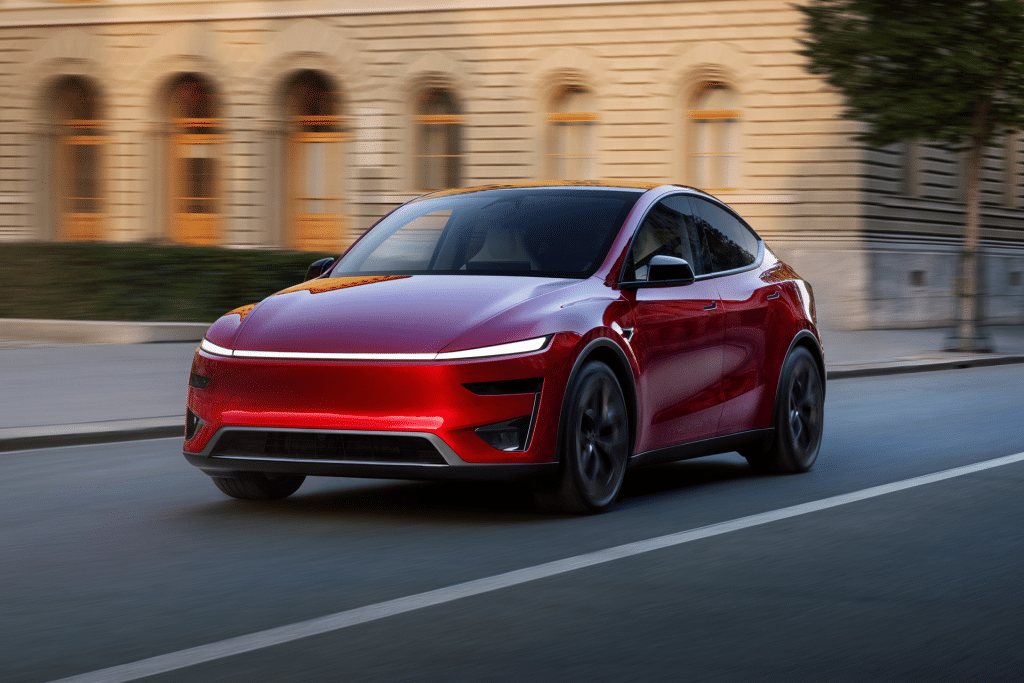The EV tax credit ending marks a pivotal moment for the American car market. For years, federal incentives of up to $7,500 per vehicle have helped make electric cars more affordable, narrowing the price gap with gasoline-powered vehicles. But as the program winds down, automakers face a new reality: selling EVs in a market where subsidies no longer shield buyers from higher sticker prices.
The impact will not be felt equally. Analysts expect Tesla, already the most established EV brand in the U.S., to weather the transition more smoothly than its rivals. For newer entrants and legacy automakers still scaling their EV operations, the loss of incentives could prove a serious headwind.
Why the Credit Matters
The federal EV tax credit was introduced to accelerate adoption of electric vehicles by lowering upfront costs. It has been a critical tool in convincing mainstream buyers to consider EVs at a time when charging networks were still limited and battery prices were high.
With EV sales climbing in recent years, policymakers have argued that the market no longer needs heavy subsidies. Ending the credit reflects confidence that EVs are moving from early adopters to mass-market acceptance. Yet the timing is delicate, as many automakers are still unprofitable on EVs and consumer sentiment remains sensitive to pricing.
Tesla’s Position of Strength
Tesla enters this new era from a position of relative advantage. As the first company to achieve mass-market EV scale in the U.S., Tesla has long operated without relying on incentives to drive sales. Even during periods when certain Tesla models did not qualify for tax credits due to production thresholds, demand remained strong.
More importantly, Tesla’s vertical integration gives it pricing flexibility. With in-house battery production, software-driven cost savings, and a direct sales model, Tesla can absorb the end of subsidies better than competitors. Its Supercharger network also reduces reliance on public charging, which continues to be a barrier for other brands.
Tesla’s strong brand identity as the default EV choice in the U.S. further cushions the impact. Consumers who have already decided on an EV are far more likely to choose Tesla, even without financial incentives, than to consider a newcomer.
Pressure on Competitors
For other automakers, the end of the tax credit poses sharper challenges. Legacy carmakers like Ford, General Motors, and Stellantis have invested billions in EV platforms, but many of their models still depend on subsidies to reach competitive price points. A Ford Mustang Mach-E or Chevrolet Blazer EV could suddenly look far less appealing compared to gasoline SUVs in the same price bracket once the credit disappears.
Startups like Rivian and Lucid may feel the pinch even more. Their vehicles are already priced at premium levels, and without the credit, the consumer base narrows further to wealthier buyers. Scaling production while maintaining demand will be an uphill battle.
International automakers such as Hyundai and Kia, which have been gaining U.S. market share with aggressively priced EVs, could also struggle if the value proposition weakens. Their U.S. operations don’t yet have Tesla’s production scale or brand strength to fall back on.
Market-Wide Effects
The expiration of the EV tax credit could slow adoption rates in the short term. Consumers who were on the fence about switching to electric may delay purchases or stick with hybrids and efficient gasoline vehicles. Dealers may need to offer heavier discounts, squeezing margins already under pressure.
However, the long-term outlook may still favor EV growth. Battery prices are trending downward, charging infrastructure is expanding, and state-level incentives may continue to bridge the gap in key markets like California and New York. For automakers with strong cost control and compelling product lines, the transition could accelerate efficiency improvements.
Why Tesla Could Still Win
Tesla’s resilience comes from a combination of brand loyalty, production scale, and infrastructure. Even without credits, Tesla’s vehicles remain competitively priced relative to their range and performance. The company also benefits from software-based revenue streams such as Full Self-Driving subscriptions, which diversify income beyond vehicle sales.
By contrast, rivals face a dual challenge: convincing consumers to pay more for less range or infrastructure, while trying to achieve profitability on EV programs. The end of the tax credit magnifies these gaps.
If Tesla leverages this moment to solidify its dominance, the U.S. market could tilt even further in its direction. That would give Tesla greater bargaining power with suppliers, more leverage in expanding its charging standard, and a stronger foundation for future robotaxi and energy ventures.
The Road Ahead
The end of the EV tax credit is not the end of the EV boom, but it may redraw the competitive map. Tesla seems best positioned to ride out the turbulence, while competitors face a tougher road to mass-market adoption.
The coming years will show whether consumer demand is strong enough to sustain rapid EV growth without government subsidies. For now, the company that already built its brand with minimal reliance on tax breaks — Tesla — may be the one best equipped for the new landscape.
